Rustic Interior Design
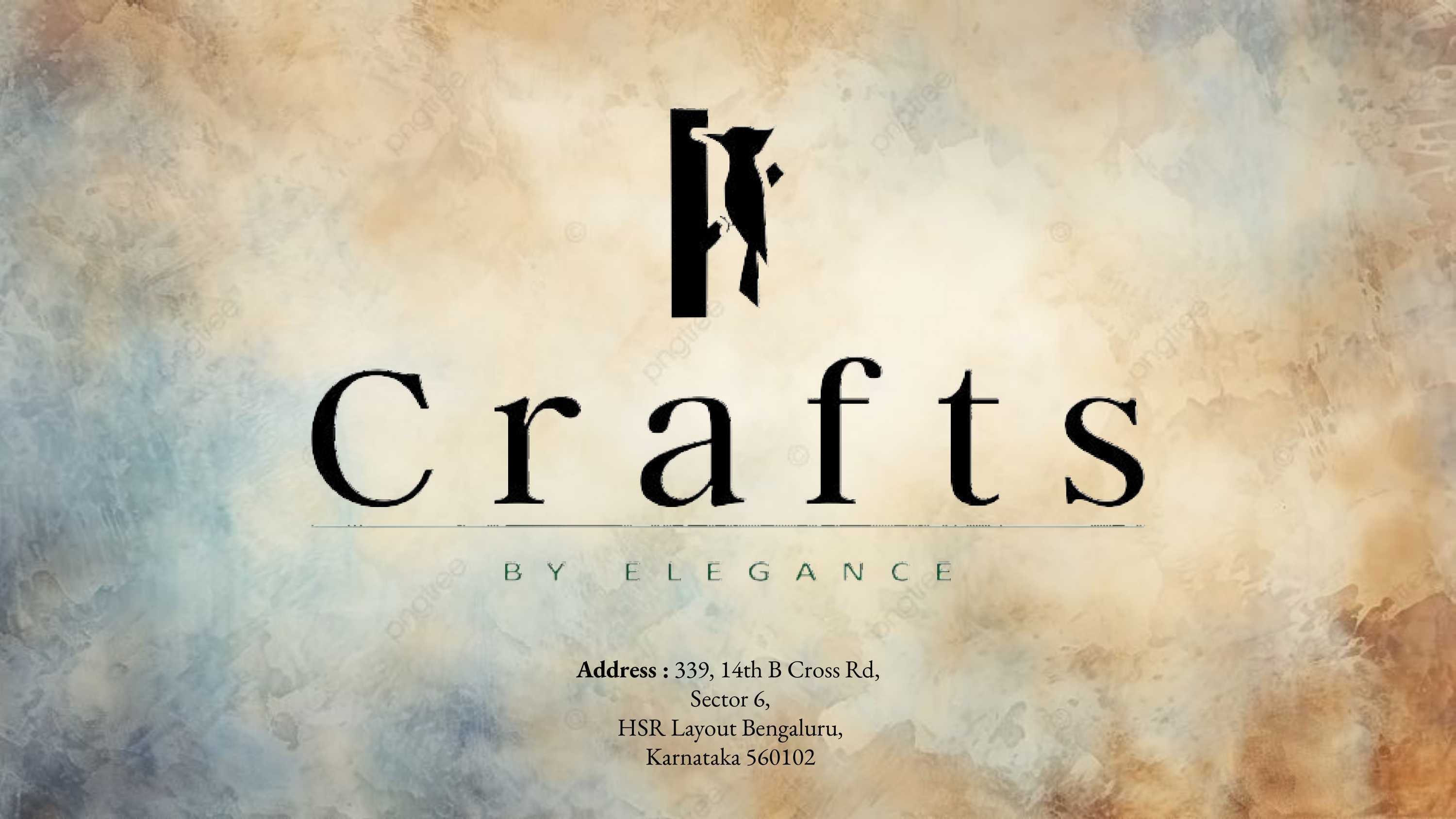
Interior Design is not just what it looks like and feels like, Design is how it works.
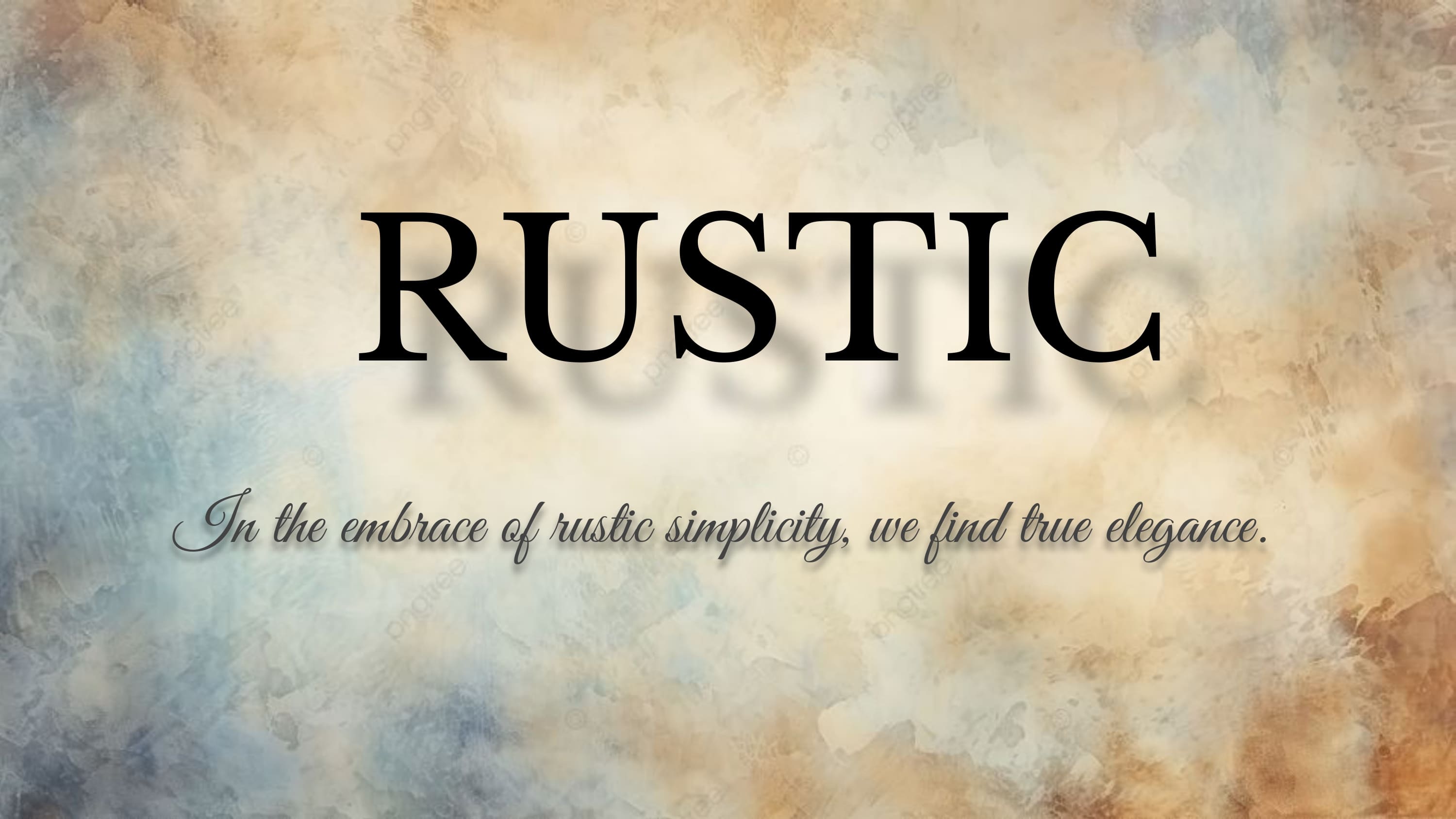
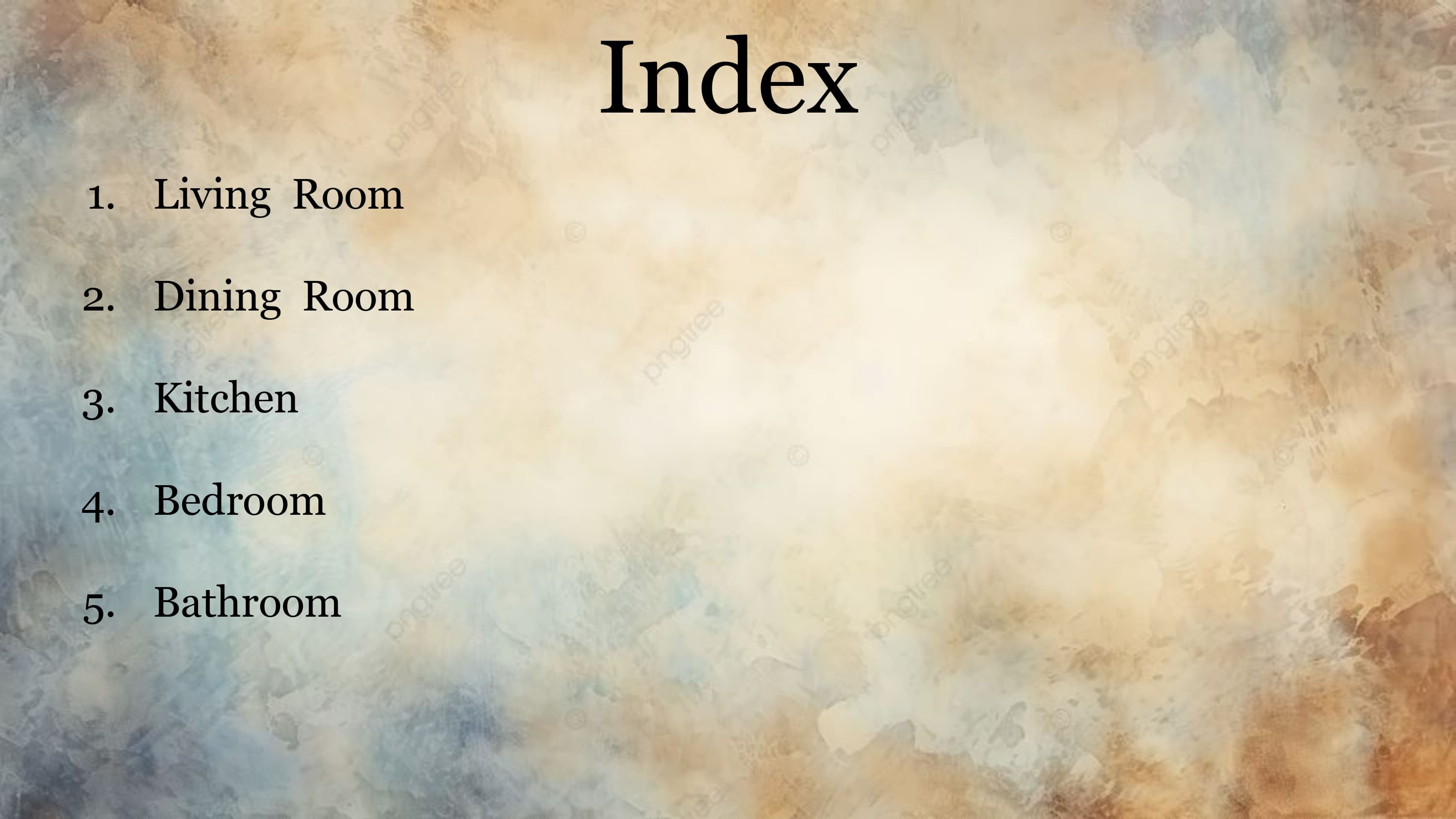
1. Natural Materials
Wood and Stone: The backbone of rustic design is the use of natural, often unfinished materials. Exposed wooden beams, reclaimed barn wood, and stone fireplaces are quintessential features. These elements bring warmth and a tactile quality to the space.
Textiles: Natural fibers like wool, cotton, and linen add softness and warmth. Think cozy woolen throws, handwoven rugs, and linen curtains that sway gently in the breeze.
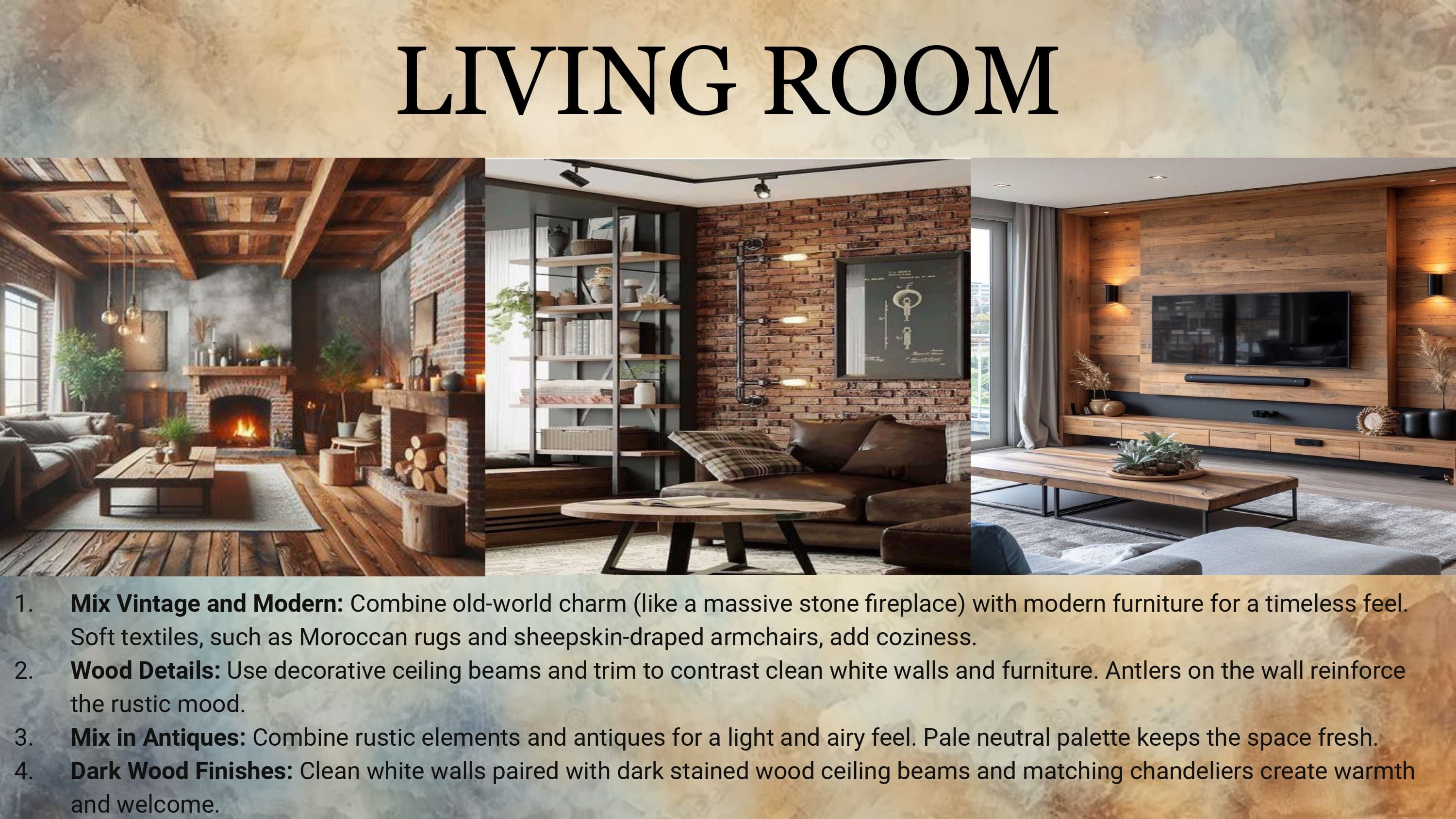
2. Earthy Color Palette
Rustic interiors draw from the colours of nature. Neutral tones like beige, brown, and gray form the foundation, while accents of forest green, deep red, and burnt orange add depth and interest. These colours create a calming, grounded atmosphere that feels timeless and inviting.
3. Vintage and Handmade Pieces
Incorporate vintage furniture and handmade items to add character and a sense of history. Antique wooden tables, weathered leather chairs, and handcrafted pottery contribute to the authentic feel of a rustic space. These pieces tell a story and often become cherished heirlooms.
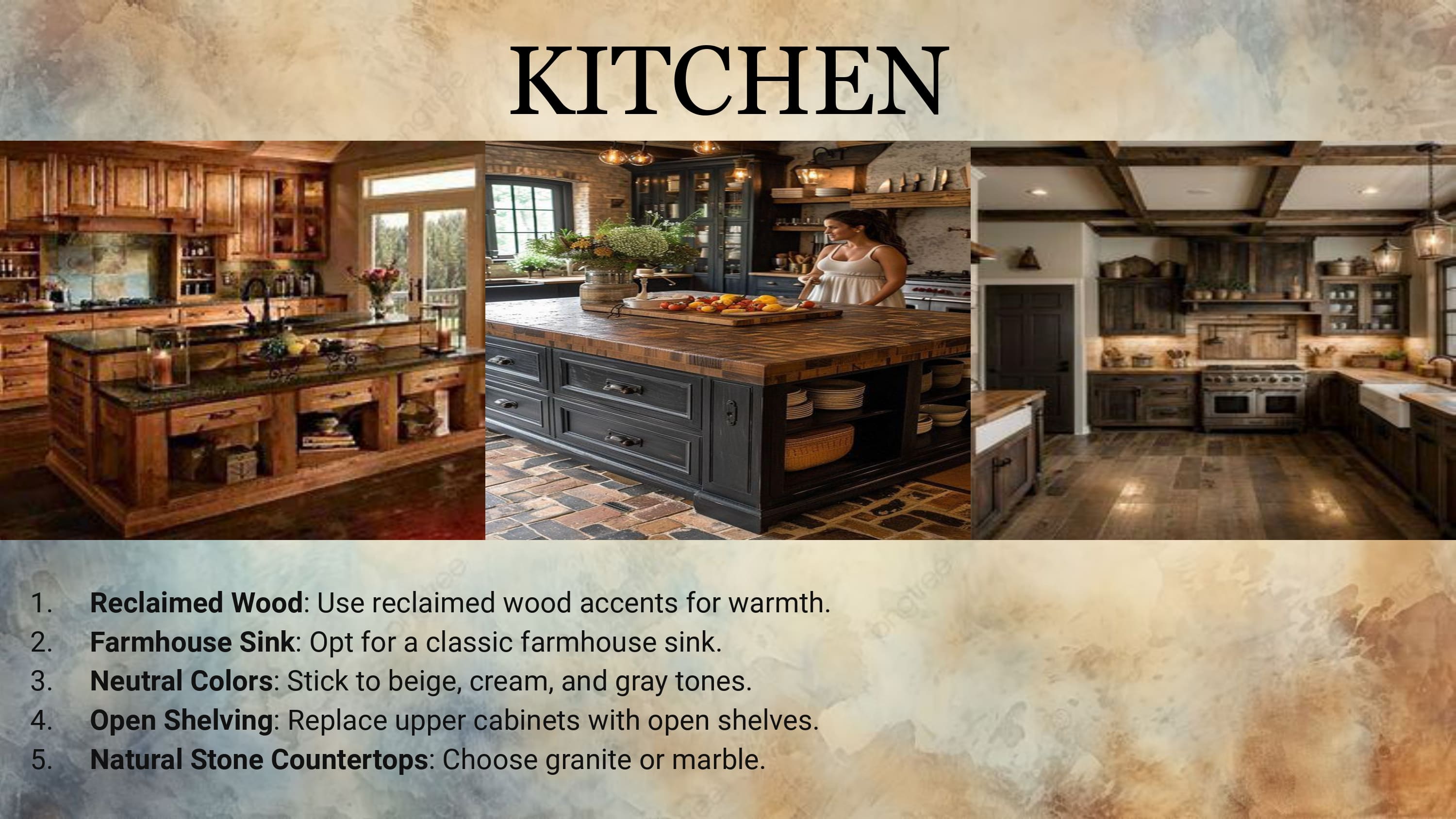
4. Cozy Textures
Texture plays a significant role in rustic design. Layering different textures creates visual interest and a sense of comfort. Combine rough-hewn wood with soft textiles, smooth ceramics with chunky knit throws, and woven baskets with plush cushions.
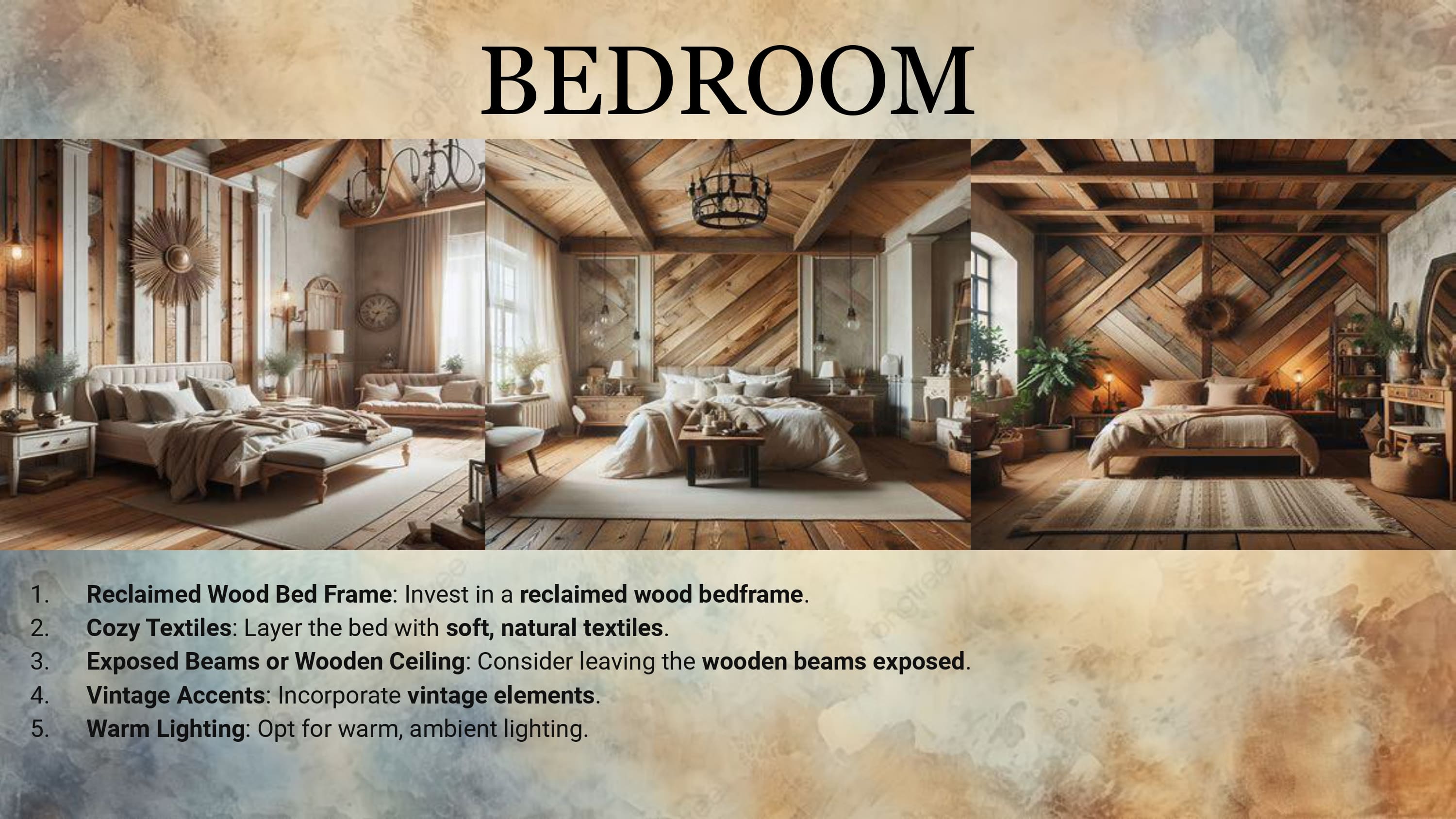
5. Focus on the Fireplace
A fireplace is often the focal point in a rustic living room. If you have one, emphasize it with a rugged stone surround or a wooden mantel. Decorate with simple, nature-inspired accessories like candle holders, driftwood sculptures, or a stack of firewood.
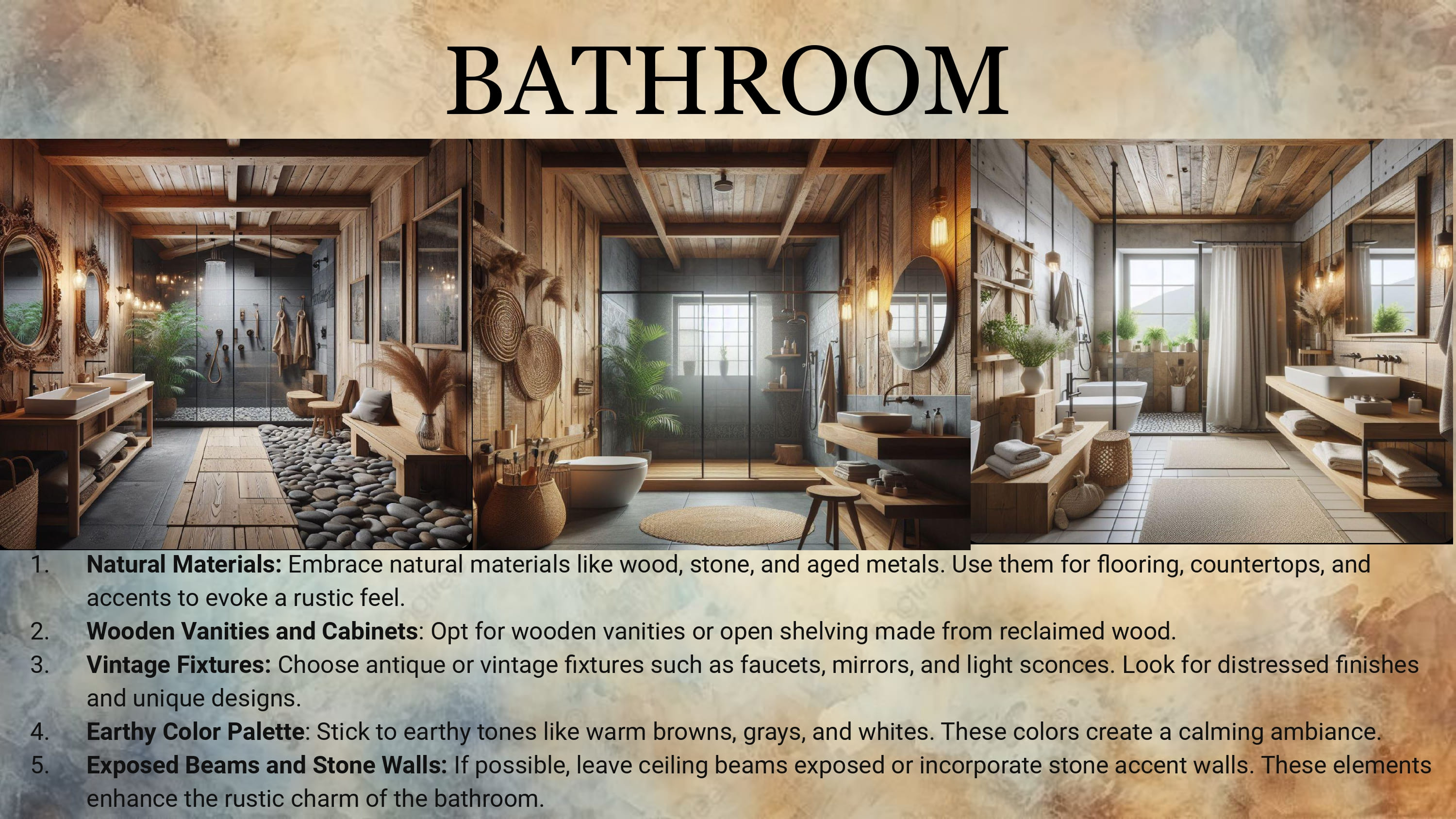
6. Embrace Imperfection
Rustic design celebrates imperfections. Look for furniture and decor with a bit of wear and tear. Scratches, dents, and patina add to the charm and authenticity. This approach creates a space that feels lived-in and welcoming.


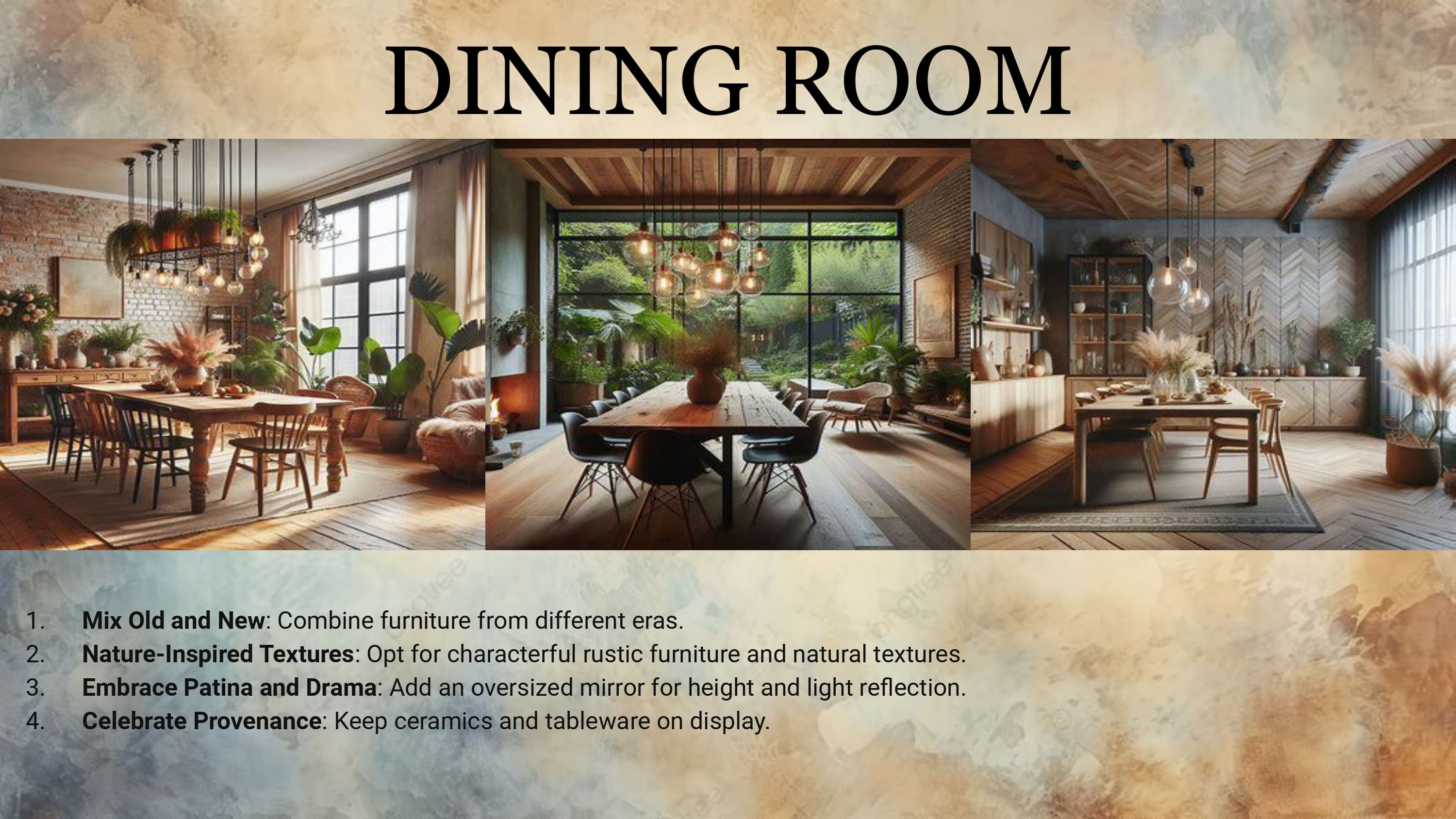


 Whatsapp
Whatsapp